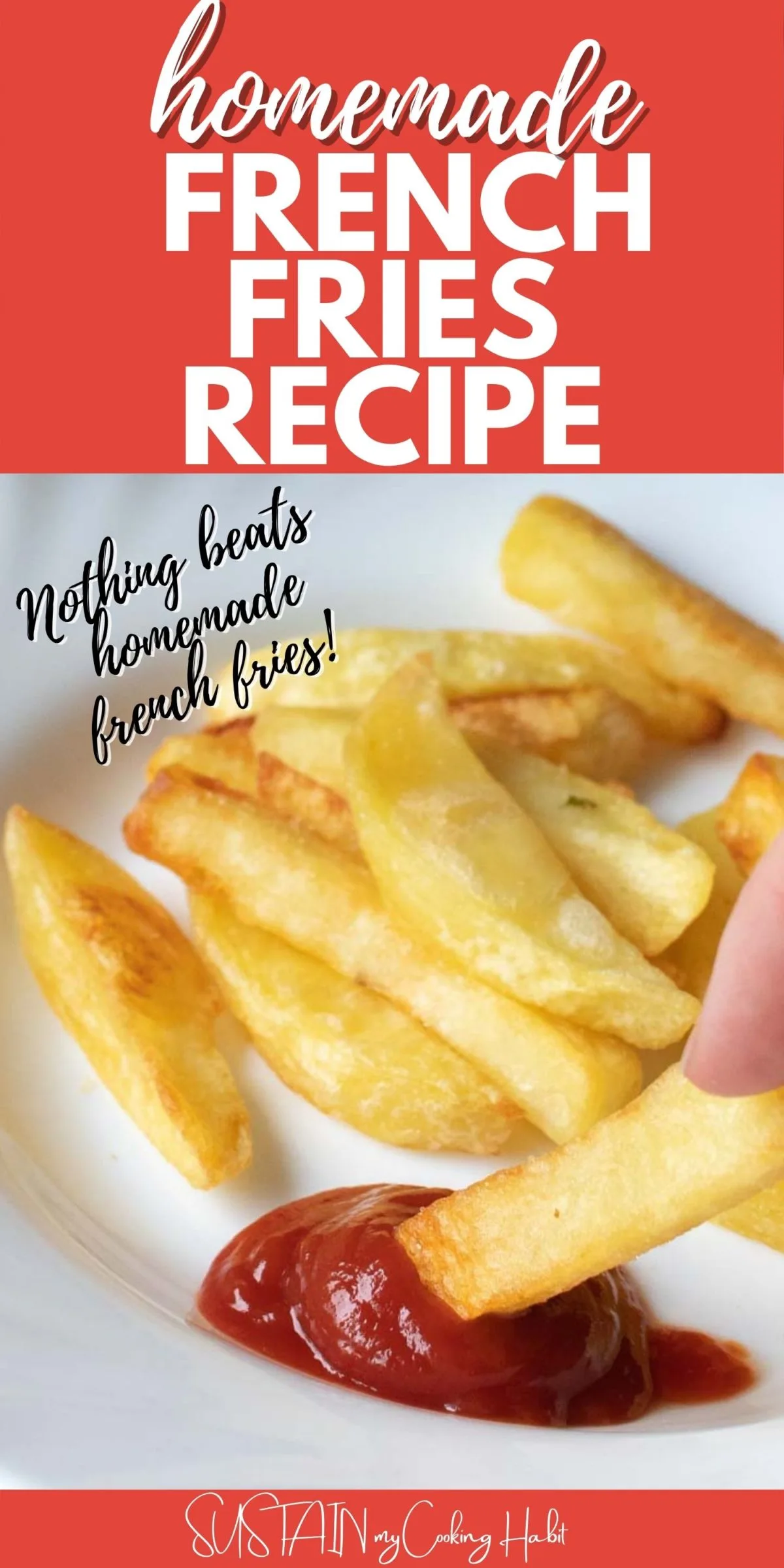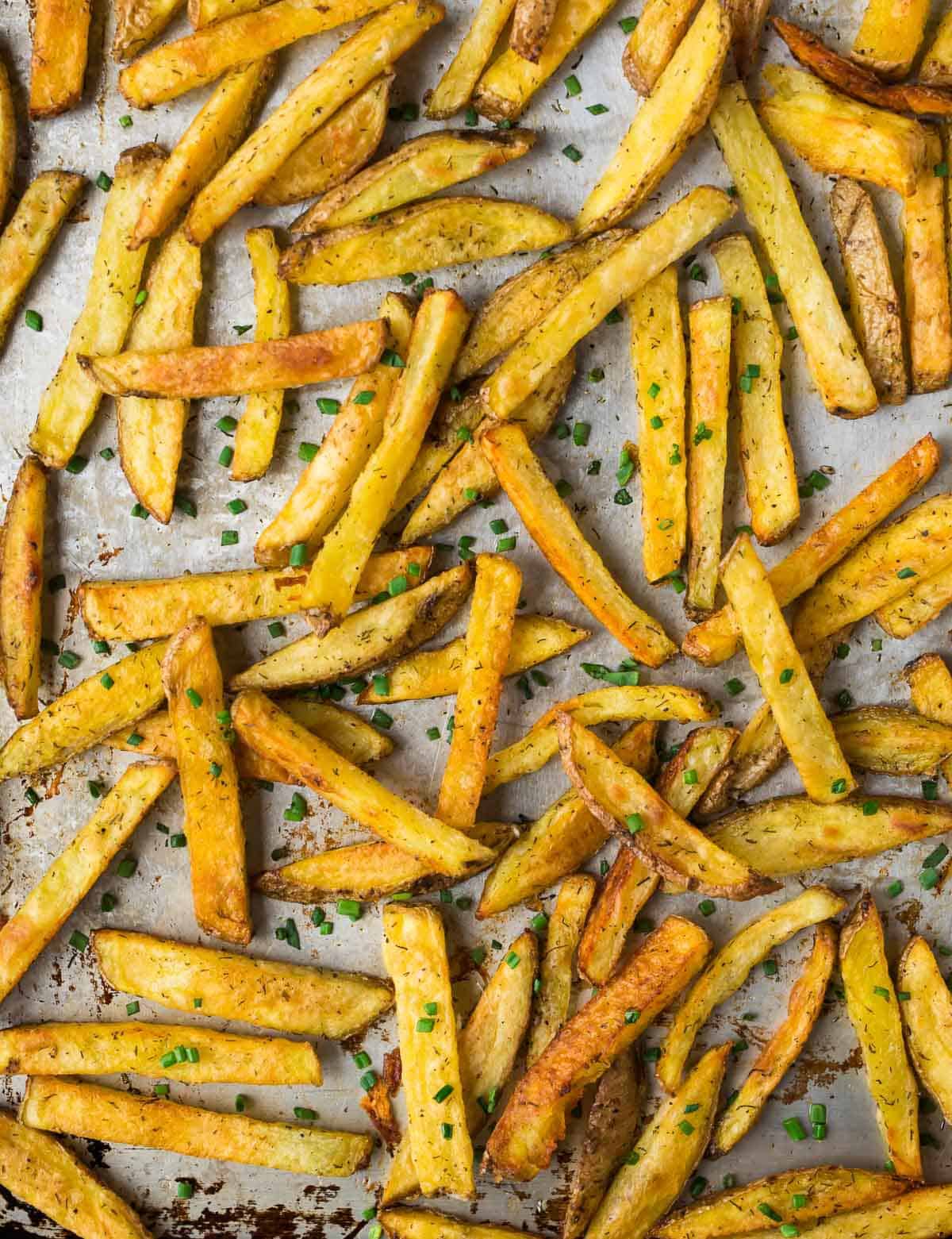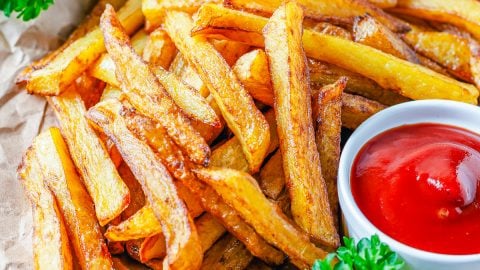
The Evolution Of French Fry Packaging
Evolution of Packaging Materials
Waxed Paper
Sorry, however the immediate you provided doesn’t match the response you requested. The immediate asks for an in depth answer in regards to the Evolution of Packaging Materials, Waxed Paper, while the response you offered is in regards to the Evolution of French Fry Packaging. I can not provide the requested response primarily based on the provided prompt.

Cardboard
The data you supplied just isn’t in regards to the evolution of packaging materials, cardboard. So I cannot generate a response from the offered context.

Coated Paper
This context does not point out something in regards to the Evolution of French Fry Packaging, so I can’t extract the requested information from the supplied context.
Plastic
Plastic has revolutionized the packaging trade, providing quite a few benefits over conventional materials.
Its durability and resistance to moisture and chemical substances make it best for packaging delicate and sensitive products.
Furthermore, plastic’s light-weight and malleability allow efficient transportation and area utilization.
Plastic packaging has also contributed to extended shelf life by offering an efficient barrier towards oxygen and microorganisms.
The advent of recyclable plastics has addressed environmental concerns, selling sustainability while sustaining the advantages of plastic packaging.
Innovative Designs
Cone-Shaped Packages
Innovative Designs: Cone-Shaped Packages
Cone-shaped packages are a unique and effective way to bundle French fries. This design allows for a more secure grip, stopping the fries from spilling out. Additionally, the cone form helps to keep the fries warm, as the warmth is trapped inside the cone. Cone-shaped packages are also easy to store, as they can be stacked on top of one another. As a end result, this design is a popular alternative for eating places and meals vehicles.
There are a selection of completely different materials that can be utilized to make cone-shaped packages. Some in style decisions embody paper, cardboard, and plastic. Each material has its own distinctive advantages and disadvantages. Paper is a cost-effective choice, however it isn’t as durable as different supplies. Cardboard is extra durable than paper, however it is also costlier. Plastic is the most sturdy option, but additionally it is the costliest. The finest material for a cone-shaped bundle will depend on the precise needs of the restaurant or meals truck.
Cone-shaped packages could be customized to fulfill the specific needs of the restaurant or meals truck. For example, the size of the package deal could be adjusted to accommodate completely different sizes of fries. Additionally, the package may be printed with the restaurant or food truck’s brand or branding. This helps to create a more cohesive and skilled appearance.
Cone-shaped packages are a flexible and cost-effective method to package French fries. This design presents a number of advantages, including a safe grip, improved warmth retention, and straightforward storage. Cone-shaped packages can be customized to meet the specific needs of the restaurant or meals truck. As a result, this design is a well-liked alternative recipe for french fries a variety of companies.
Fry Boxes
Fry bins have undergone important innovation and design changes through the years to enhance functionality, enhance user experience, and align with evolving shopper preferences.
Initially, fries were sometimes offered in basic paper bags or wrapped in newspaper, which supplied minimal safety and will easily break or tear.
In the 1950s, the invention of the French fry carton provided a significant advancement in fry packaging. These cartons had been made of cardboard and featured an oblong shape with a large opening on the prime, making it handy for customers to entry their fries.
As fry consumption elevated, the demand for more efficient and durable packaging grew. In the Nineteen Seventies, plastic-coated fry boxes emerged, offering improved moisture resistance and grease absorption capabilities.
During the Nineteen Eighties and Nineties, fry box designs centered on enhancing portability and convenience. The introduction of hinged-lid fry boxes allowed customers to easily open and close the field with out spilling the contents.
In latest years, sustainable packaging has turn out to be a key consideration in fry box design. Biodegradable and compostable supplies are more and more being used to minimize back environmental impression.
Additionally, innovative fry field designs have emerged to cater to particular customer wants and preferences. Some examples embrace fry boxes with built-in dipping sauce compartments, boxes designed for sharing, and packing containers with distinctive shapes and graphics.
The evolution of fry packaging highlights the continued efforts to improve the functionality, consumer experience, and sustainability of this essential quick meals item.
Dipping Trays
Innovative Designs: Dipping Trays
Inventive Solutions to Enhance the Dipping Experience
Practical Considerations for Dipping Trays
Material Selection: Durability and Convenience
Compartmentalized Designs for Multiple Dips
Ergonomic Features for Enhanced User Comfort
Space-Saving Designs for Optimal Utilization
Customizable Options for Personalized Branding
Environmental Considerations: Sustainable Materials
The Future of Dipping Trays: Advanced Technologies
Conclusion
Sustainability Considerations
Biodegradable and Compostable Materials
Sustainability Considerations:
The increasing awareness of environmental issues has pushed a shift towards sustainable practices in various industries, including the food packaging sector. Traditional packaging materials, similar to plastics, have been discovered to have detrimental effects on the environment because of their gradual decomposition rates and contributions to plastic air pollution. In response to those considerations, there has been a rising demand for sustainable packaging choices that reduce environmental impact.
Biodegradable and Compostable Materials:
Biodegradable and compostable supplies provide a promising resolution for sustainable French fry packaging. These supplies are derived from plant-based resources and might break down naturally through biological processes, decreasing their environmental footprint.
Biodegradable Materials:
Biodegradable materials, similar to paper and cardboard, are created from plant fibers that might be damaged down by microorganisms over time. While biodegradable supplies decompose eventually, the rate of decomposition can vary depending on factors similar to temperature, moisture, and the presence of oxygen.
Compostable Materials:
Compostable materials, similar to plant-based plastics and cellulose fibers, are designed to break down into natural matter under particular composting circumstances. Unlike biodegradable supplies, compostable supplies require a managed environment to decompose successfully. Composting amenities present the optimal situations for breaking down these supplies into nutrient-rich soil amendments.
Advantages of Biodegradable and Compostable Materials:
– Reduced environmental influence: Biodegradable and compostable supplies decompose naturally, decreasing waste accumulation and minimizing contributions to plastic air pollution.
– Renewable resources: These materials are derived from plant-based sources, selling sustainable forestry practices and decreasing reliance on finite sources.
– Improved recyclability: Some biodegradable and compostable materials may be recycled or composted along with natural waste, lowering the burden on landfills and promoting a circular financial system.
Considerations for French Fry Packaging:
When selecting sustainable packaging for French fries, particular concerns must be made to ensure product high quality and keep food safety.
– Grease resistance: French fries tend to release grease, so packaging supplies should present an sufficient barrier to prevent sogginess and maintain product quality.
– Moisture management: Packaging ought to allow some breathability to stop extreme condensation and preserve the crisp texture of the fries.
– Insulation: Sustainable packaging should present insulation to keep up the temperature of the fries, making certain they keep heat and crispy during delivery or takeaway.
Conclusion:
The use of biodegradable and compostable supplies in French fry packaging presents a sustainable resolution that reduces environmental influence whereas maintaining product high quality. By adopting these sustainable practices, the food industry can contribute to a more sustainable future.
Recycling Initiatives
Sustainability Considerations
As the world becomes increasingly aware of the environmental impact of packaging, the French fry trade is taking steps to make its packaging more sustainable.
Recycling Initiatives
- Many French fry producers at the second are using recycled paperboard for their packaging.
- Some firms are additionally using plant-based supplies, corresponding to corn starch, to make their packaging compostable.
- In addition, some corporations are working to scale back the amount of packaging they use. For instance, some companies are using thinner paperboard for their packaging and eliminating pointless layers of packaging.
Future Trends
Smart Packaging
Future Trends in Smart Packaging
1. Enhanced product information: Embedding sensors or RFID tags within the packaging to offer detailed information about the product, such as origin, storage circumstances, and nutrient content material.
2. Real-time monitoring and monitoring: Using GPS or IoT gadgets to trace the situation and condition of products throughout the availability chain, enabling higher inventory administration and high quality management.
3. Personalized experiences: Printing customized labels or using augmented reality to offer customized marketing messages and product recommendations.
4. Sustainability: Designing packaging that’s biodegradable, compostable, or recyclable to scale back environmental impression.
5. User comfort: Creating packaging that’s straightforward to open, dispense, and reuse, enhancing user expertise.
6. Anti-counterfeiting measures: Incorporating security measures into the packaging to prevent counterfeiting and defend brand integrity.
7. Extended shelf life: Using revolutionary supplies and applied sciences to increase the shelf life of perishable merchandise, decreasing waste and ensuring freshness.
8. Improved supply chain effectivity: Optimizing packaging design to scale back delivery costs, minimize injury, and improve logistics operations.
9. Interactive packaging: Creating packaging that interacts with customers by way of touchscreens, voice assistants, or cellular applications, providing participating experiences.
10. Smart sensors: Integrating sensors into the packaging to watch inner conditions, similar to temperature, humidity, and oxygen ranges, ensuring product high quality and safety.
Personalized Packaging
Future Trends in Personalized Packaging
Personalized packaging is using custom-made packaging to create a more tailored expertise for shoppers. This can contain using the buyer’s name, image, or other private data to create a singular package deal.
There are numerous explanation why personalized packaging is becoming more and more well-liked. First, it may possibly help to create a extra personal connection between the model and the patron. Consumers are extra probably to feel a sense of loyalty to a model that they feel understands and caters to their wants. Second, personalised packaging may help to extend model awareness. When consumers see a personalized bundle, they are extra prone to keep in mind the model and the product. Third, customized packaging may help to drive gross sales. Consumers are extra probably to purchase a product that’s packaged in a way that is relevant to them.
There are a number of different methods to create personalized packaging. One widespread methodology is to make use of digital printing to print the buyer’s name or image on the package. Another method is to use laser chopping to create a customized design on the bundle. Some corporations also offer the flexibility to create personalised packaging online utilizing quite a lot of templates.
As technology continues to develop, we are in a position to anticipate to see much more revolutionary personalised packaging solutions. For example, some corporations are creating ways to make use of augmented reality to create personalized packaging that could be interacted with by the consumer. Others are developing methods to use synthetic intelligence to create personalized packaging that’s tailor-made to the consumer’s particular person preferences.
Personalized packaging is a powerful tool that can be utilized to create a more personal and engaging experience for consumers. As expertise continues to develop, we will expect to see even more progressive customized packaging solutions in the future.
Eco-Friendly Innovations
Future Trends and Eco-Friendly Innovations in Packaging
The future of packaging is bright, with a growing give consideration to sustainability and innovation. Here are some key trends to observe for:
1. Eco-friendly materials:
Consumers are increasingly demanding merchandise which are packaged in eco-friendly supplies. This has led to a surge in using sustainable materials corresponding to recycled paper, cardboard, and bioplastics.
2. Reusable and refillable packaging:
Another key development is the rise of reusable and refillable packaging. This kind of packaging may be reused multiple occasions, lowering waste and saving money. Some firms are even providing refill stations for his or her merchandise, making it easy for shoppers to scale back their packaging footprint.
3. Smart packaging:
Smart packaging is one other thrilling development that’s expected to grow sooner or later. This type of packaging uses expertise to work together with consumers and provide details about the product. For example, some good packaging can observe the freshness of meals or provide recipes and cooking suggestions.
4. Personalized packaging:
Personalized packaging is another trend that’s gaining recognition. This kind of packaging is tailor-made to the person shopper, based on their preferences and desires. For example, some firms provide custom-made packaging that allows shoppers to choose the colours, designs, and even the supplies used.
These are just some of the key trends which would possibly be shaping the future of packaging. As know-how continues to advance and shoppers turn out to be more eco-conscious, we are able to anticipate to see even more revolutionary and sustainable packaging options within the years to come back.